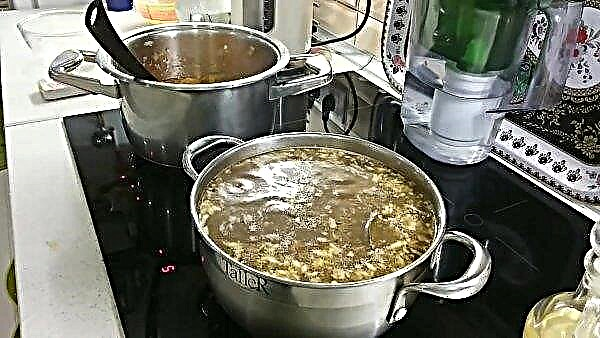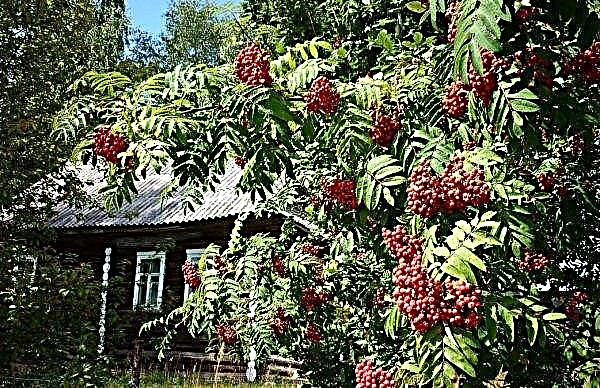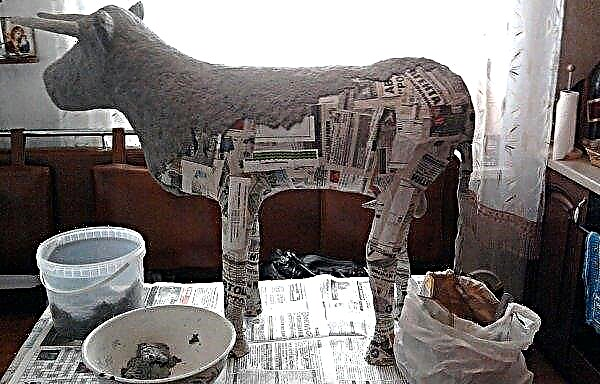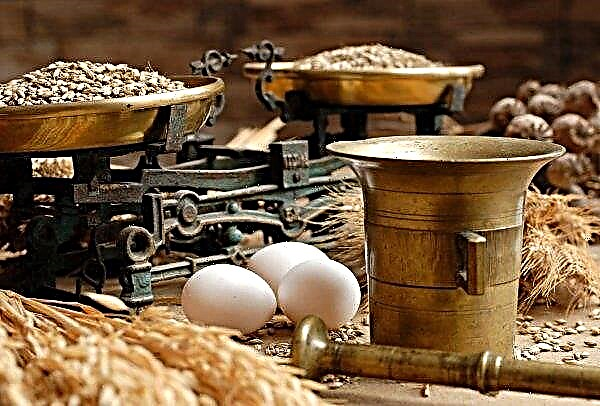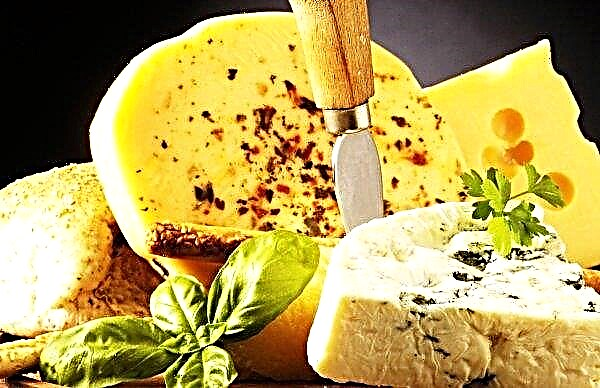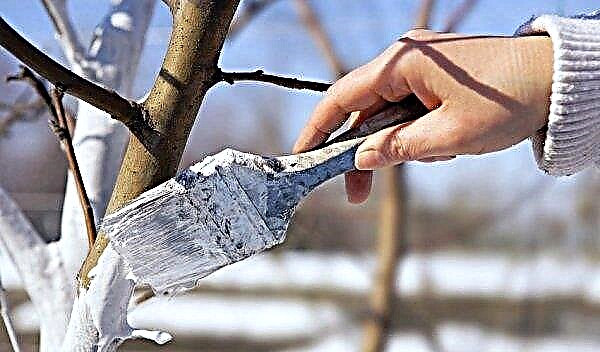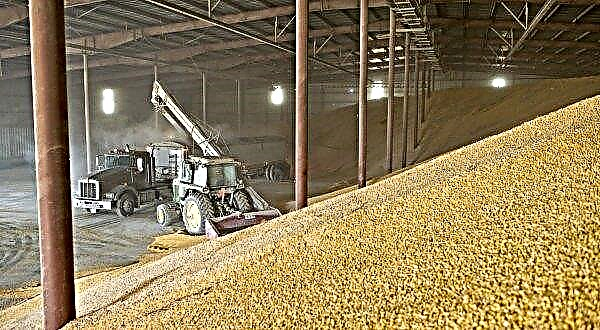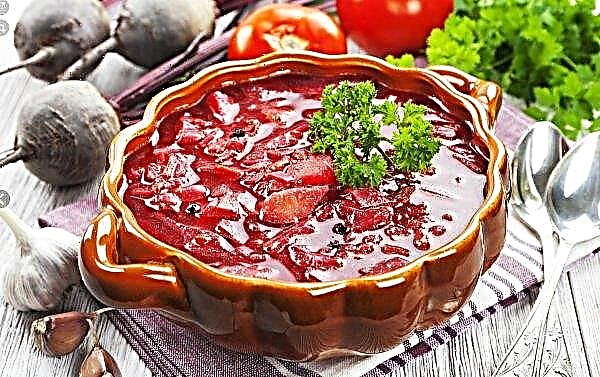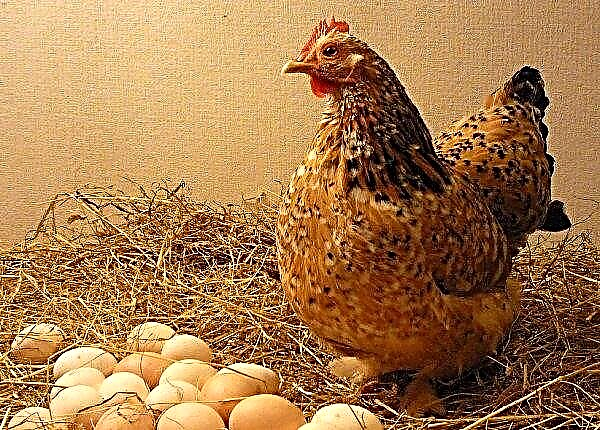Fir is very similar to other representatives of conifers, especially spruce. Therefore, in order to distinguish them from each other, it is important to know their characteristics and main differences so that you can make the right decision when choosing a tree for planting or for industrial purposes.
The main differences between fir and other conifers
All representatives of the Pine family are similar to each other primarily by the presence of needles, which remain on the tree, without changing their color, all year round. They also have a very bright characteristic odor due to the presence of tar and essential oils in wood, needles and cones. But there are differences that help to choose a particular tree, depending on its purpose and the necessary characteristics.
Did you know? The air in the coniferous forest contains ten times less bacteria than in deciduous.
Needles
The needles ate were short, dense and very prickly; the pine is longer, but also quite hard, pricked a little less. But fir and larch differ quite soft needles, similar to thin leaves. Moreover, larch every year throws off its needles, like deciduous trees, which is why it got this name.

Crown
All young conifers have a dense crown of conical or pyramidal shape. At a more mature age, they can become spherical or ovoid. The exception is the crown of the pine, because it differs from the rest of the conifers. Young trees have the shape of a ball, and with age they become umbrella-shaped.

Bark
The bark of fir differs from the bark of other conifers in that it has special resin pockets in which the resin is accumulated. Other trees do not have this feature, besides they have a much darker and very bumpy bark.
For example, spruce has tubercles on the trunk in those places where the needles are located. And also all representatives of the Pine family, except for fir, juniper and yew, have resinous passages in the wood - long and thin channels filled with resin.
Important! The massive destruction of coniferous forests leads to a deterioration of the environmental situation to a greater extent than deforestation.
Bumps
Fir cones grow on top on branches. In appearance, they resemble vertically standing long decorative candles, purple or brown. By their arrangement, they look like cones of cedar and larch. But with pine and spruce, they grow differently - they hang down. When ripening, rounded fir cones scatter into seeds and husks, leaving only the stem on the branches, and the seed just spills out from the spruce.
 In shape, the cones of all conifers are similar, but they can still be distinguished from each other. In fir, they are the longest, with round edges, in cedar - barrel-shaped, slightly shorter in size, in spruce - conical, and in larch - original, very beautiful, similar to small flowers of roses.
In shape, the cones of all conifers are similar, but they can still be distinguished from each other. In fir, they are the longest, with round edges, in cedar - barrel-shaped, slightly shorter in size, in spruce - conical, and in larch - original, very beautiful, similar to small flowers of roses.
Seeds
Fir tree seeds spill out after ripening along with the husk, completely destroying quite attractive cones growing on top of the branches. But the rest of coniferous cones after rashing seeds remain intact. The number of seeds may vary depending on the species.

Cedar seed differs from the seeds of other conifers in that it is a very tasty and healthy product, besides very valuable, it is eaten in its natural form and used to prepare various dishes.
Smell
All conifers have a very pleasant smell, in which notes of freshness, resin and needles are felt. But in different species it is slightly different. Thanks to resin pockets, which are located on the bark of a fir tree, it has a more intense smell compared to other representatives of the Pine family.
Important! Due to the abundant resin content, larch and cedar wood are not susceptible to decay.
Which is better - fir or spruce
Depending on the purpose of these trees, each of them has its own advantages compared to others. To understand the difference between these plants, it is necessary to compare their characteristics.
- The main advantages that spruce boasts are:
- its wood is more durable, therefore it is very valuable for the construction and manufacture of furniture;
- does not require additional fertilizer;
- growing faster.
Video: how to distinguish fir from spruce
- The main advantages of fir tree:
- normal to drying out the soil;
- well rooted;
- has a more spectacular appearance when used in landscape design;
- does not need crown formation;
- his bumps look very attractive;
- due to the absence of resin passages inside the wood, it is used for the production of paper and various containers;
- has a very saturated smell;
- not pricked.
Thus, to say exactly which of the trees is better, you can only decide what you want to use it for. Depending on the situation, their specific characteristics can be both advantages and disadvantages.


